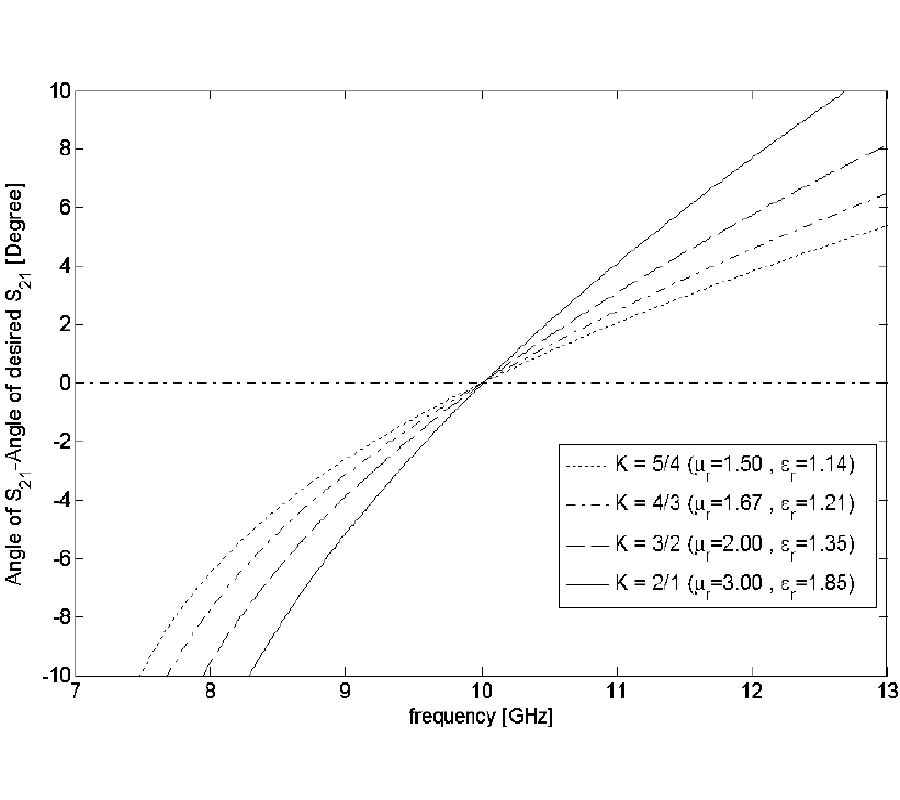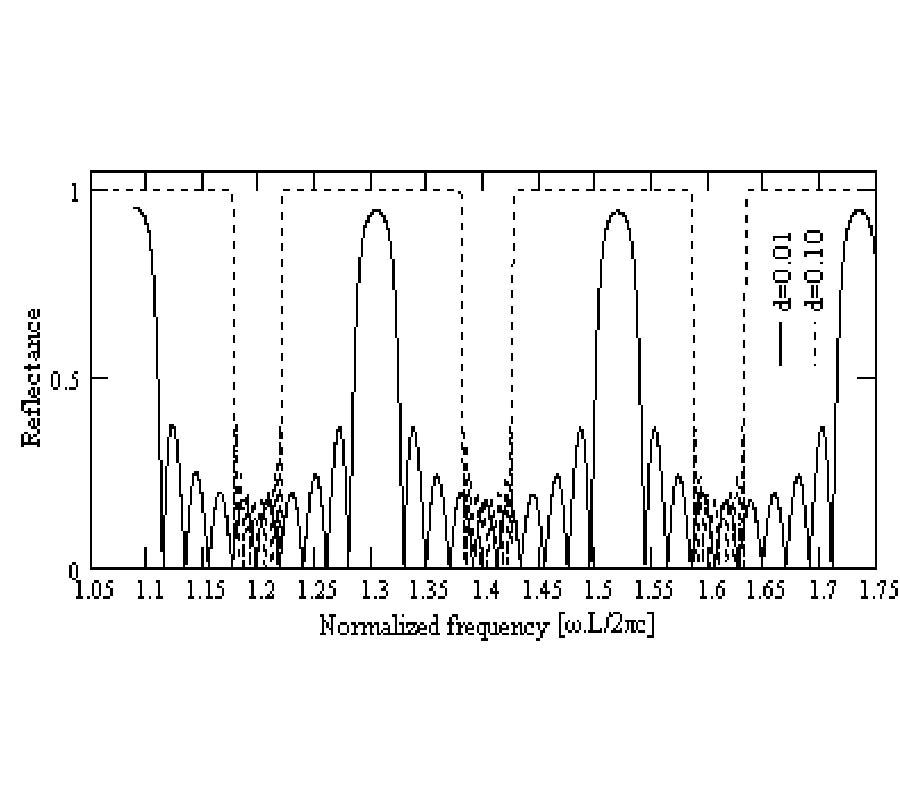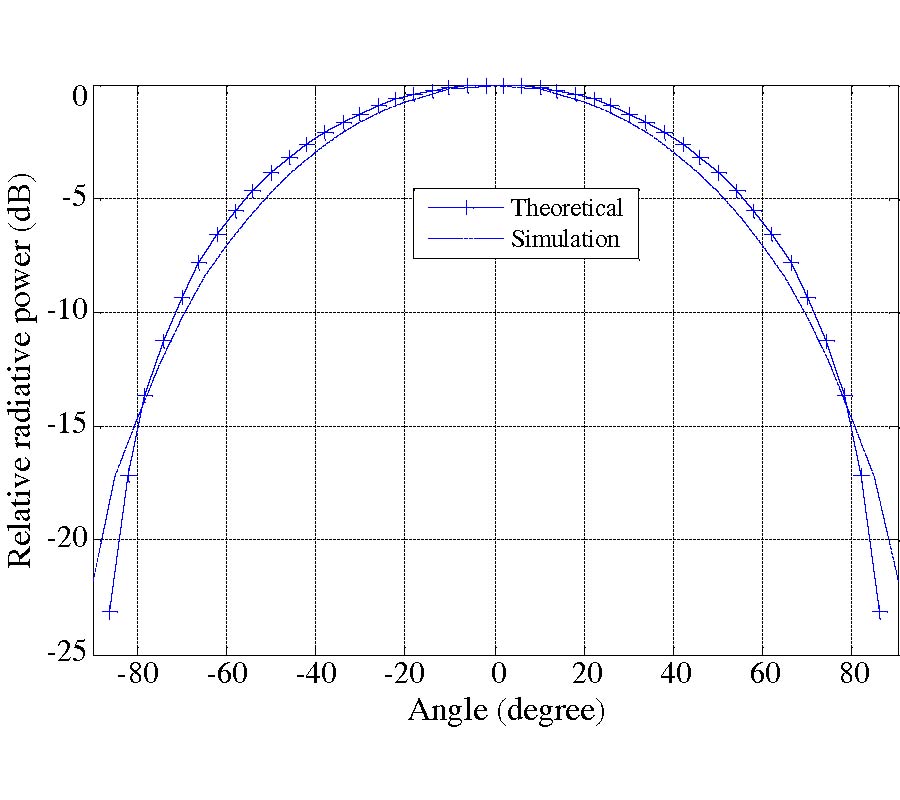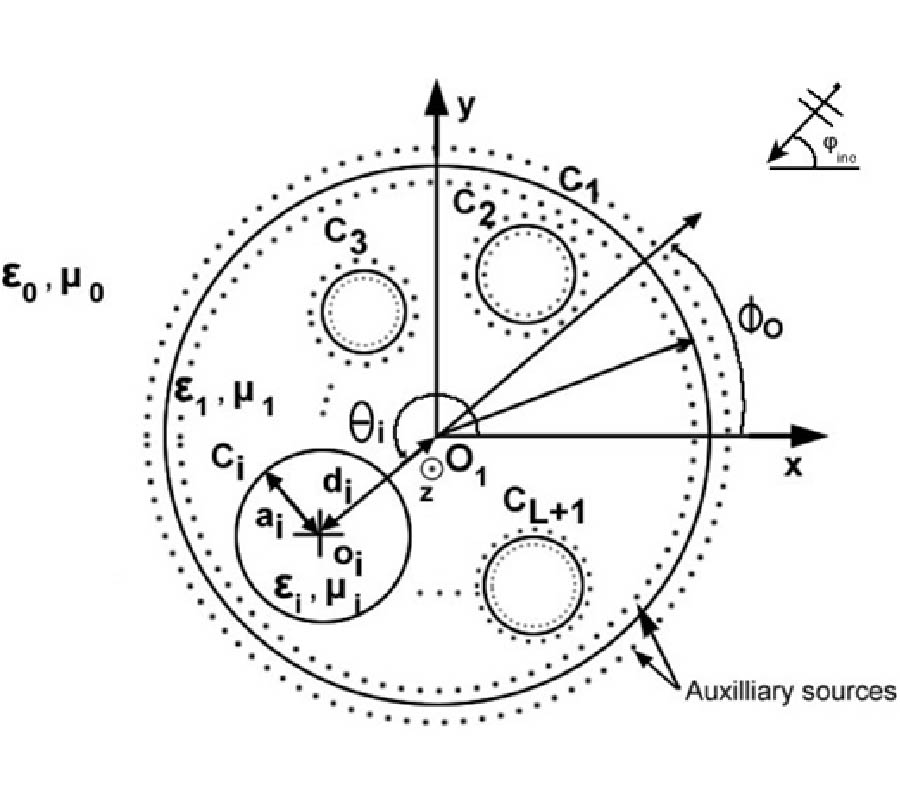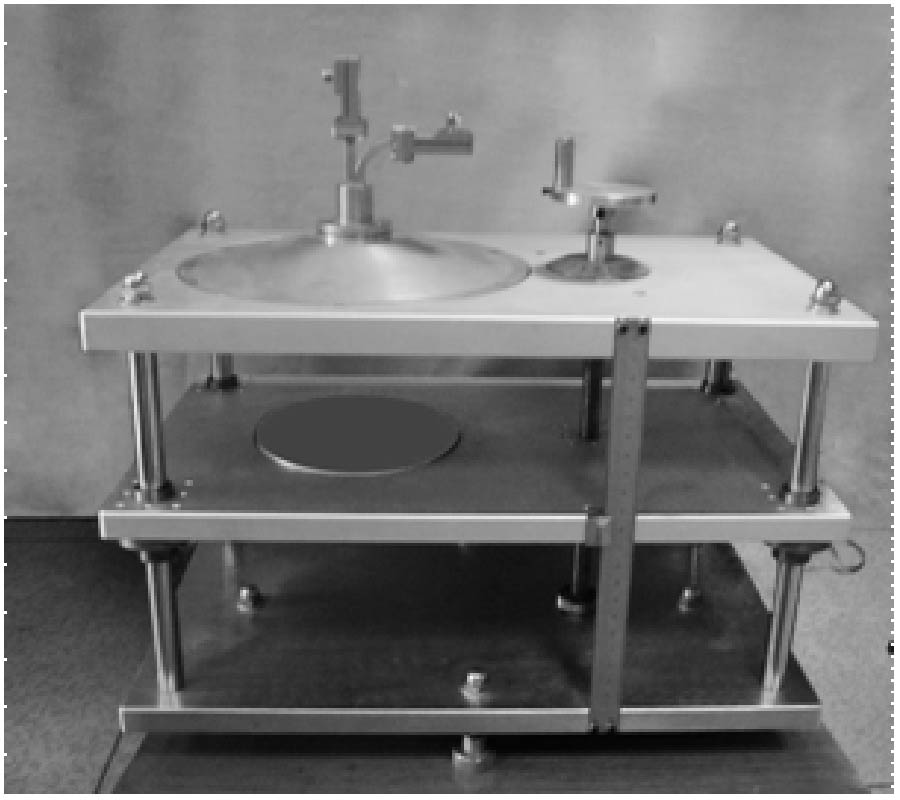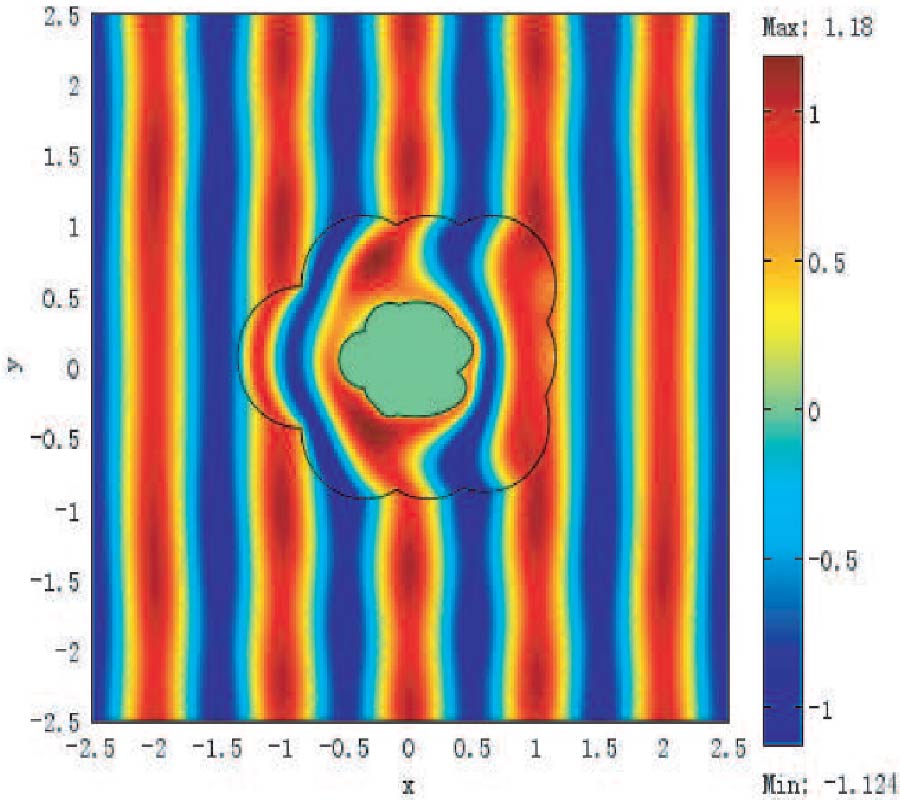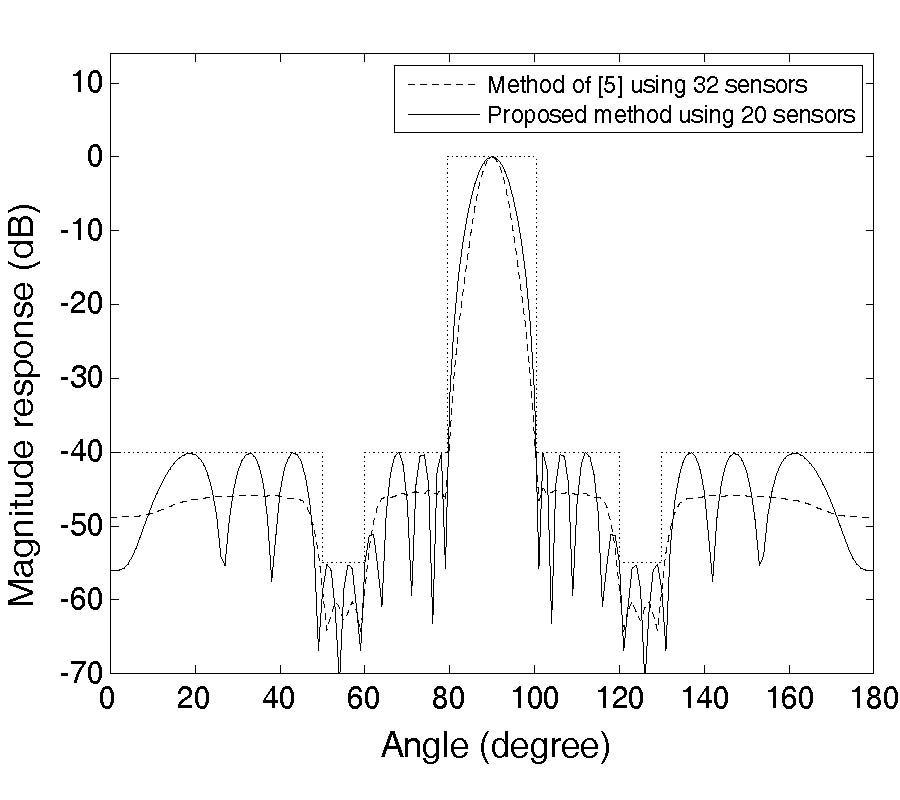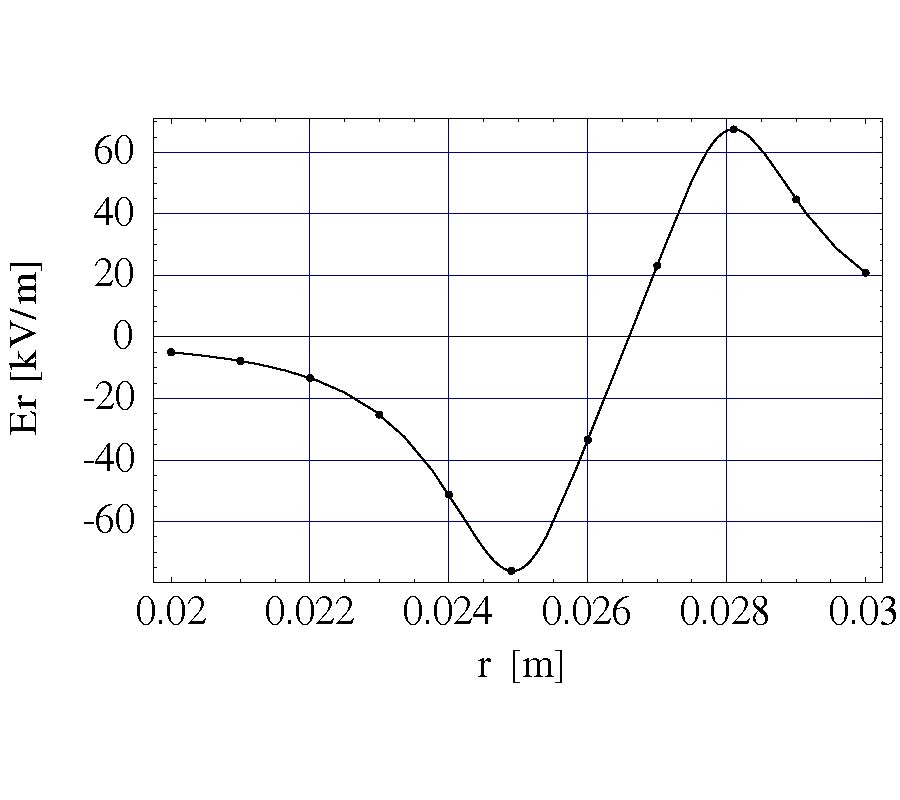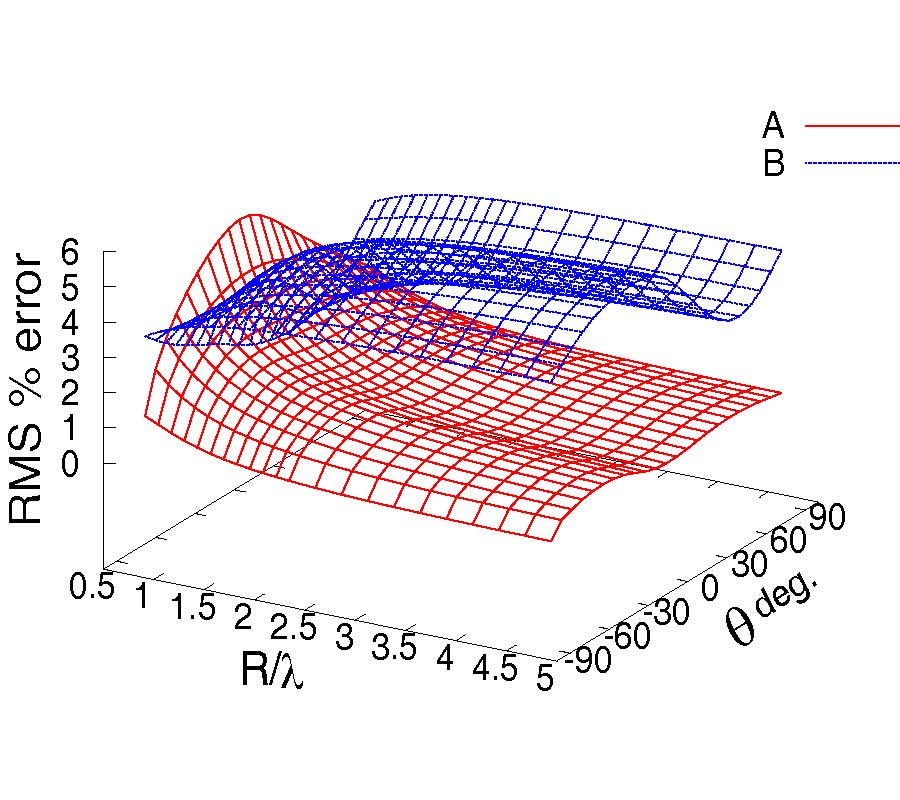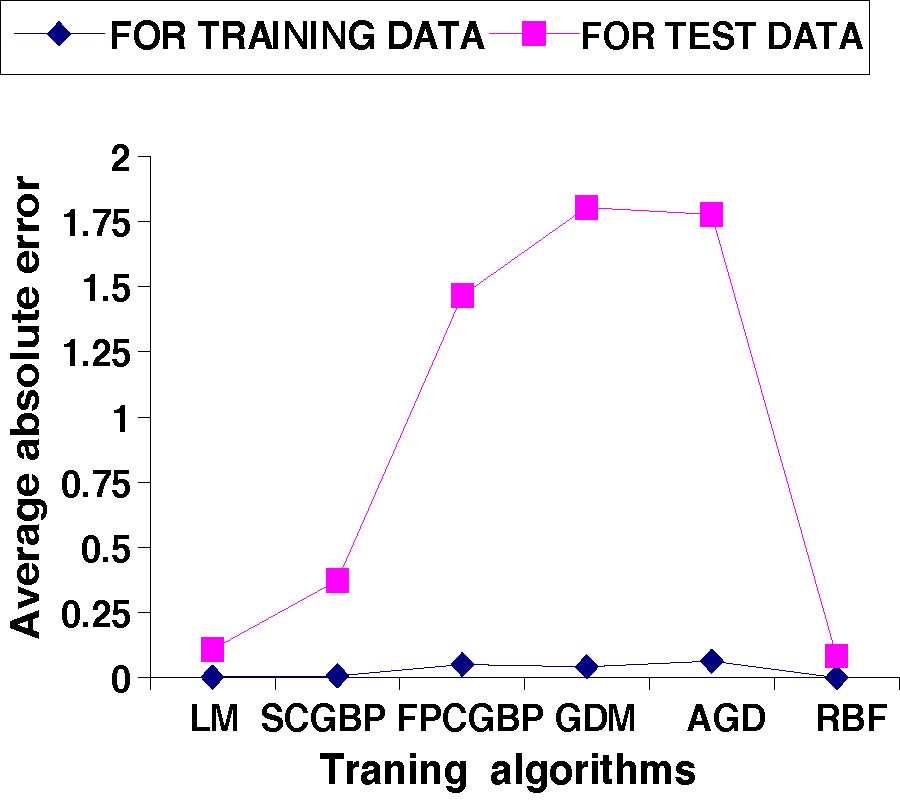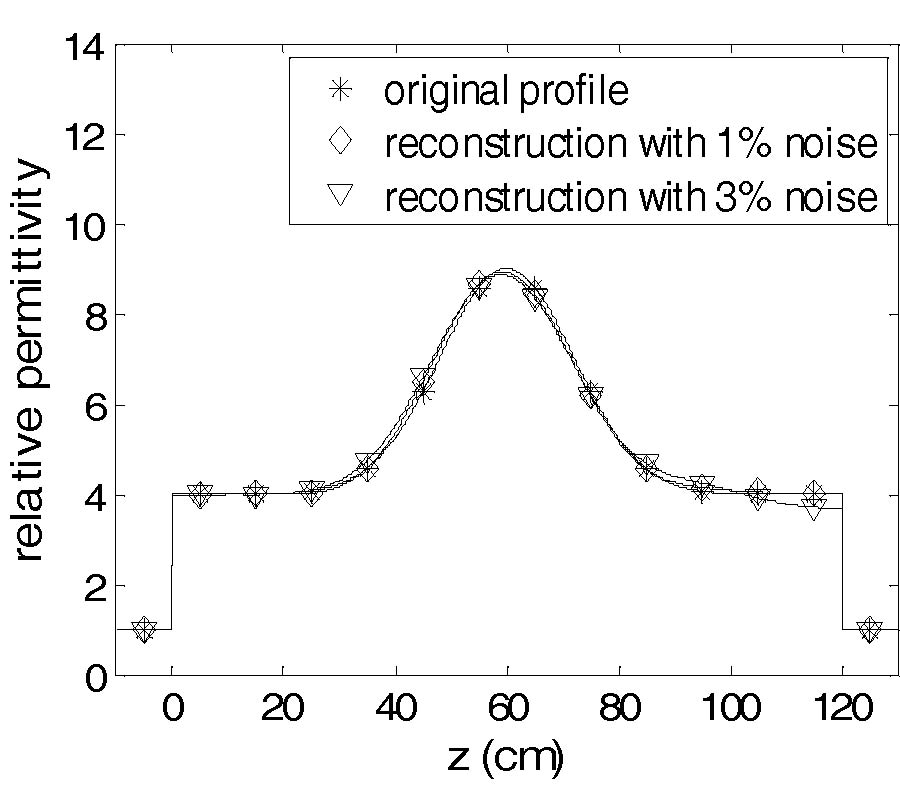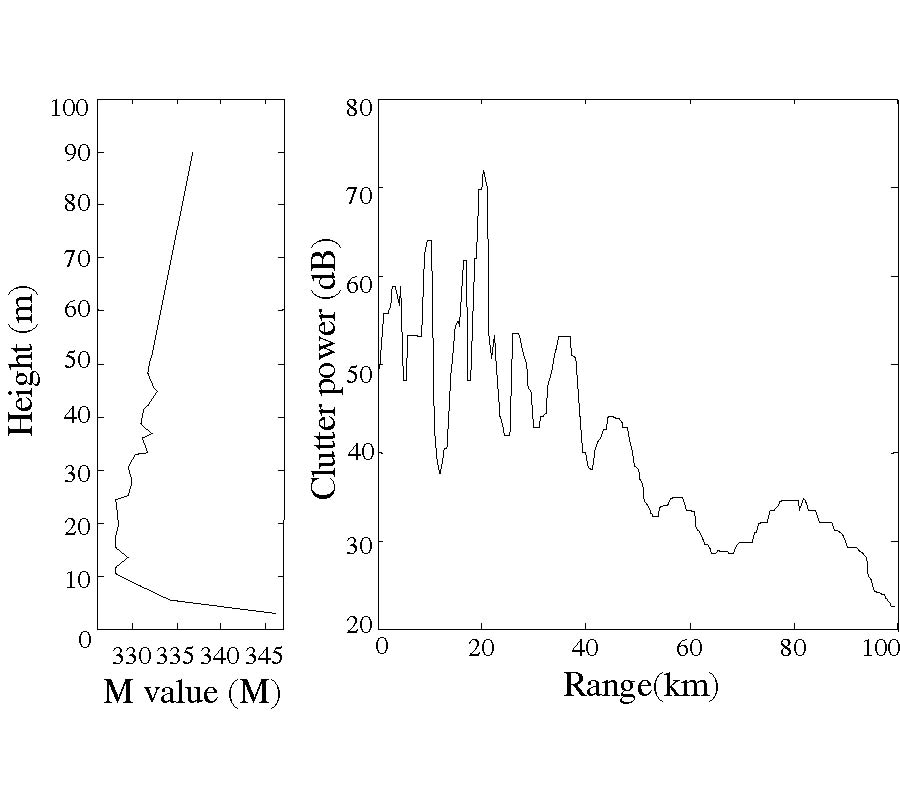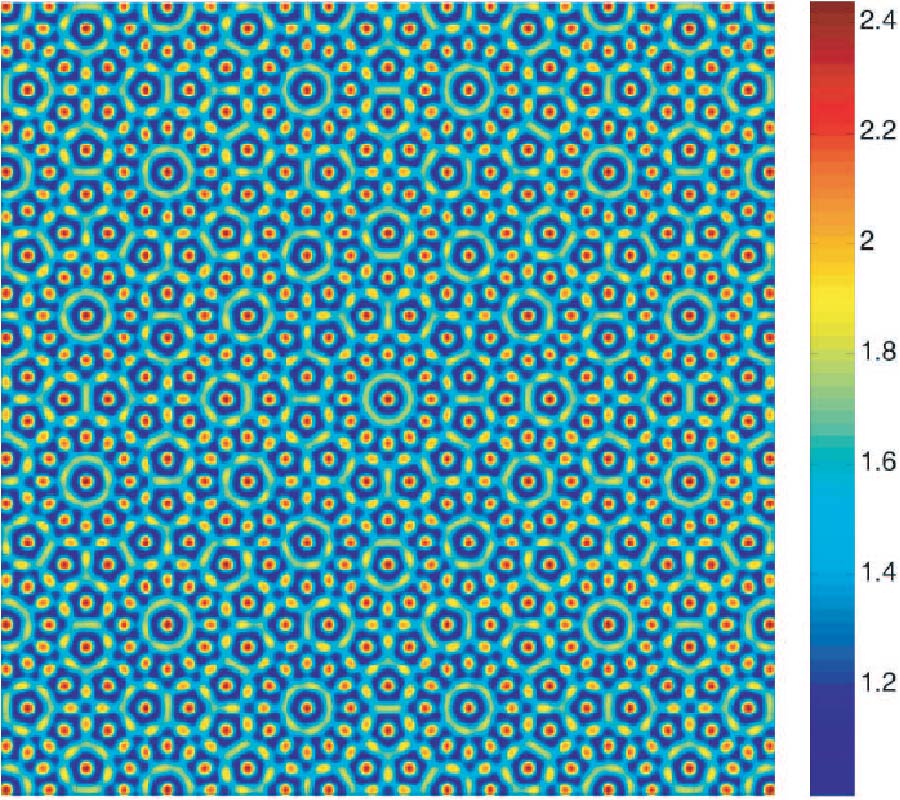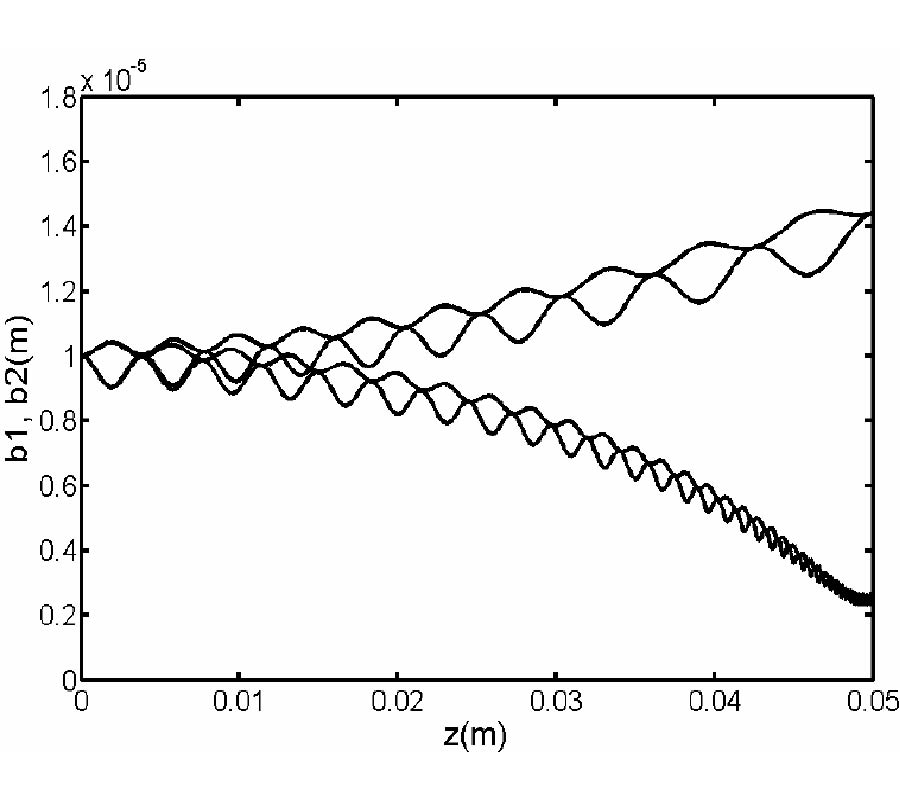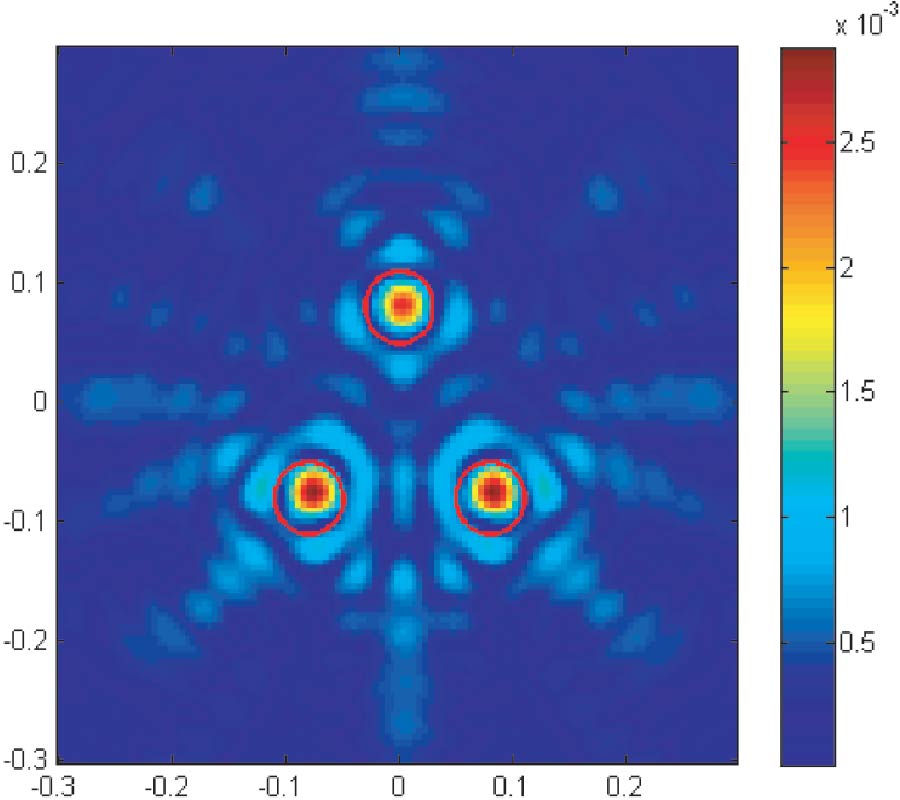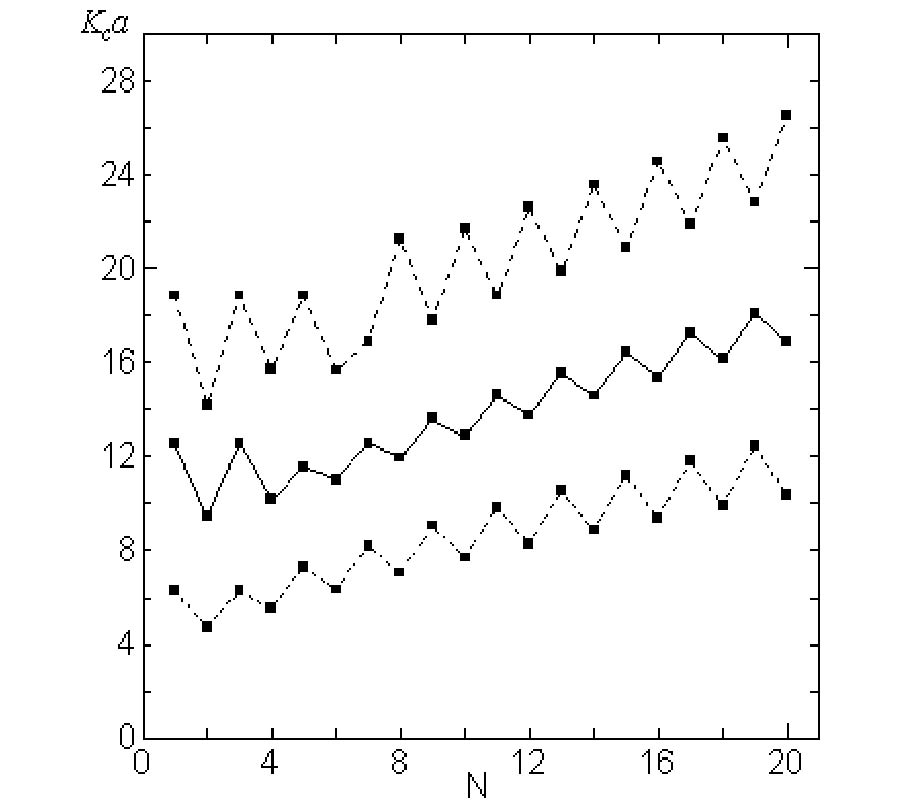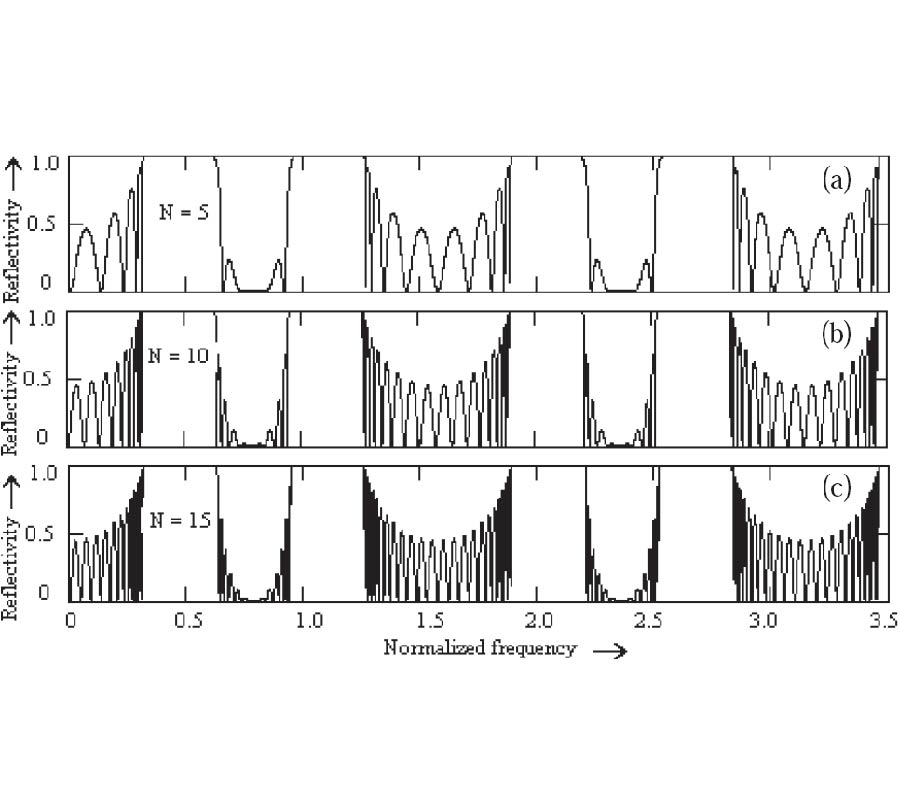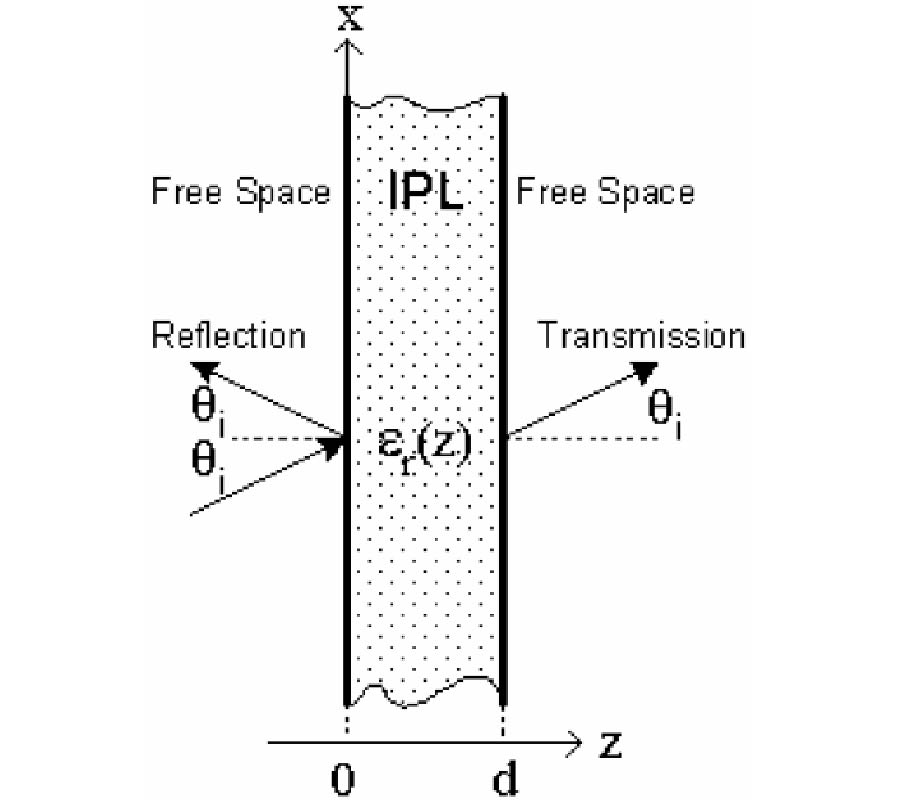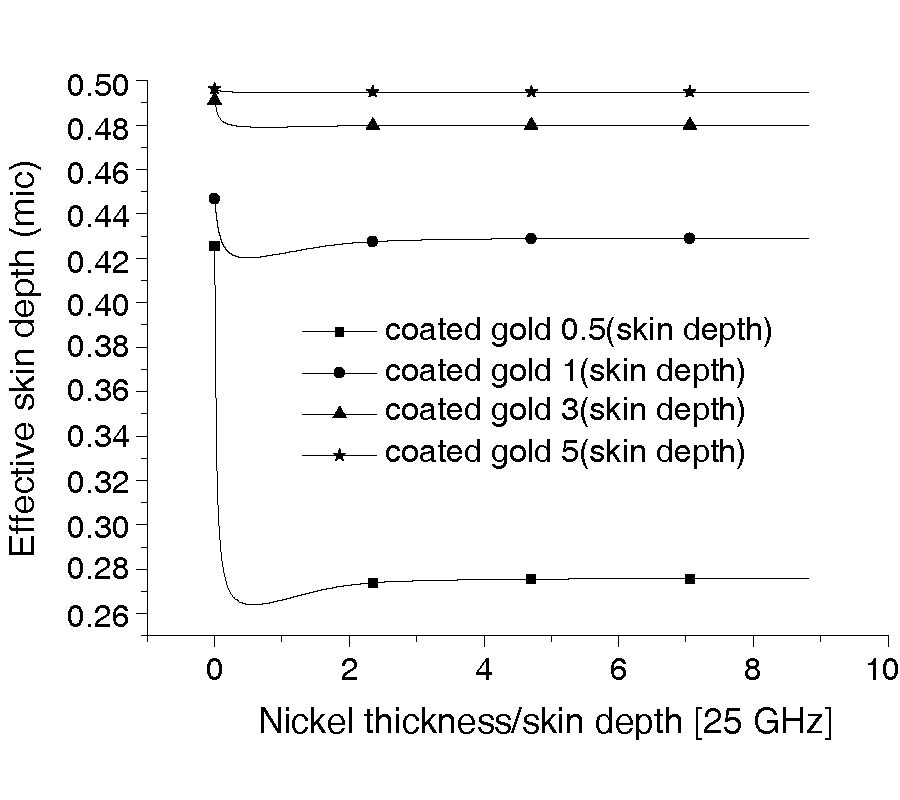Band Structure, Reflection Properties and Abnormal Behaviour of One-Dimensional Plasma Photonic Crystals
Vipin Kumar,
Khundrakpam Saratchandra Singh and
Sant Ojha
In this paper, some studies on one-dimensional plasma photonic crystal (PPC) containing alternate layers of dielectric and micro-plasma have been presented. The band structures, reflectivity, group velocities and effective group index of such photonic crystals have been studied. For the purpose of computation, we have used transfer matrix method. In this study, we take two PPC structures named PPC1 and PPC2. In PPC1, we take SiO2 as the material for the dielectric layers whereas in PPC2, we take TiO2 as the material for the dielectric layers. It is found that the forbidden band gap(s) can be increased by increasing the thickness of plasma layers. The ranges of 100% reflection is found to be in the higher normalized frequency region in the case of PPC1 whereas in PPC2 the ranges of 100% reflection is found in the lower normalized frequency region. It is also found that for a certain normalized frequency, the group velocity becomes negative in both PPCs. However, the range of normalized frequency for which the group velocity is negative is larger in the case PPC1 than in PPC2. This abnormal behaviour of group velocities of both PPCs results in superluminal propagation (speed of EM wave in PPC greater than speed of light) of electromagnetic waves. Also, because of the abnormal behaviour of group velocity, effective group index becomes negative and possesses ultra high values. uch structures may be considered as a flip flop as there is positive and negative symmetry of effective group velocity. Also, PPC2 exhibits superluminal propagation for wider range of normalized frequency where there is superluminal propagation inside the structure as compared to that of PPC1.
